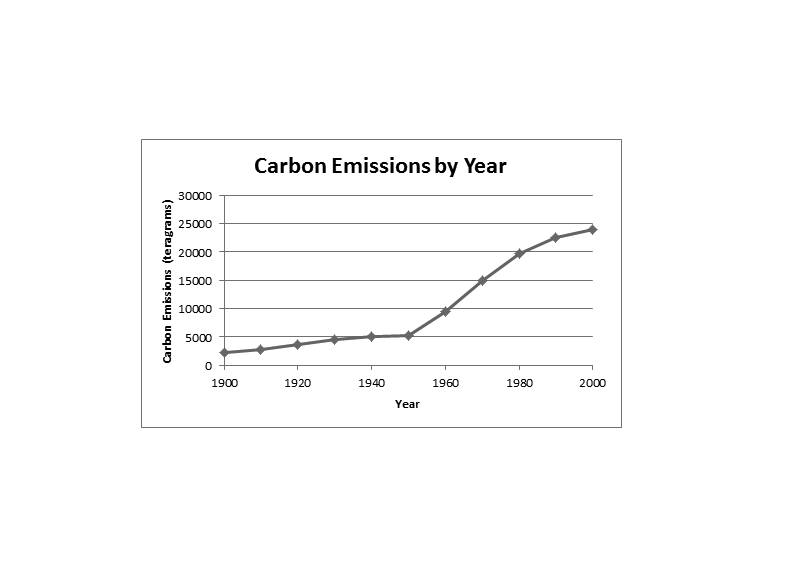From a summer drought to a snowless winter to 60 degrees at the end of January, Illinois is not a stranger to weird weather. This weather may be caused by global climate change, because with climate change comes unusual weather like drought, storms, and warm weather.
“Most scientists are saying that our climate is changing and becoming warmer, and the controversy stems from humans’ role in climate change,” Laura Cohen, AP Environmental Science teacher, said. “Right now we are going through a drought, and this is probably caused by global warming, but maybe not. All we can say is that our climate is changing, and that affects different regions in different ways. So while this drought may be an anomaly, we will start seeing even more unusual weather as a result of climate change.”
In addition to unusual weather, global climate change is shown through increases in temperatures. By analyzing temperature records, the US Environmental Protection Agency found that seven of the top 10 warmest years on record for the continental US have occurred since 1990, according to the EPA’s website.
According to National Geographic’s website, average temperatures have climbed 1.4 degrees Fahrenheit around the world since 1880. If temperatures keep climbing, global warming would threaten sea levels and animal species around the world, according to the Intergovernmental Panel on Climate Change (IPCC). In their 2007 report, “Mitigation of Climate Change,” the IPCC said that “global warming of more than 1 degree Celsius [3.6 degrees Fahrenheit], relative to 2000, will constitute dangerous climate change as judged from likely effects on sea level and extermination of species.”
According to Cohen, humans have an effect on global climate change through the release of carbon dioxide, and there are a number of ways students can help reduce the negative impact they have on the environment.
“Carbon dioxide levels have always been up and down throughout history, but now carbon levels are higher than ever. We have pushed the level out of its normal cycle,” Cohen said. “People can, individually, do a lot to prevent climate change. Conservation of energy, carpools, lower car emissions, really anything that reduces your carbon footprint.”
In addition to conservation efforts, high school students can get involved in two clubs at LZHS that are already helping the environment: the Environmental Awareness Club (EAC) and the Recycling Club. Bailey Kuhn, junior and EAC co-president, encourages students to join the club in their efforts to makeLakeZurichand the world a better place.
“In EAC, we focus on helping the environment through plant clean-ups, trimming invasive species in local environments, planting trees, and picking up trash,” Kuhn said. “EAC is also involved in the Recycling Club, so each week we collect recycling from around the building and recycle it, because it’s really important for the environment that those materials be reused instead of sitting in garbage dumps.”
Actions like conservation and recycling work to reverse the trend of climate change. As long as temperatures keep rising, climate change can affect the weather in unpredictable ways, as we have seen in Illinois through the current drought.
“All scientists are pretty much on the same page when it comes to climate change,” Cohen said. “There is a lot of data to back up the idea that the climate is warming, and the controversy stems from humans’ influence on global warming and what our response should be.”

